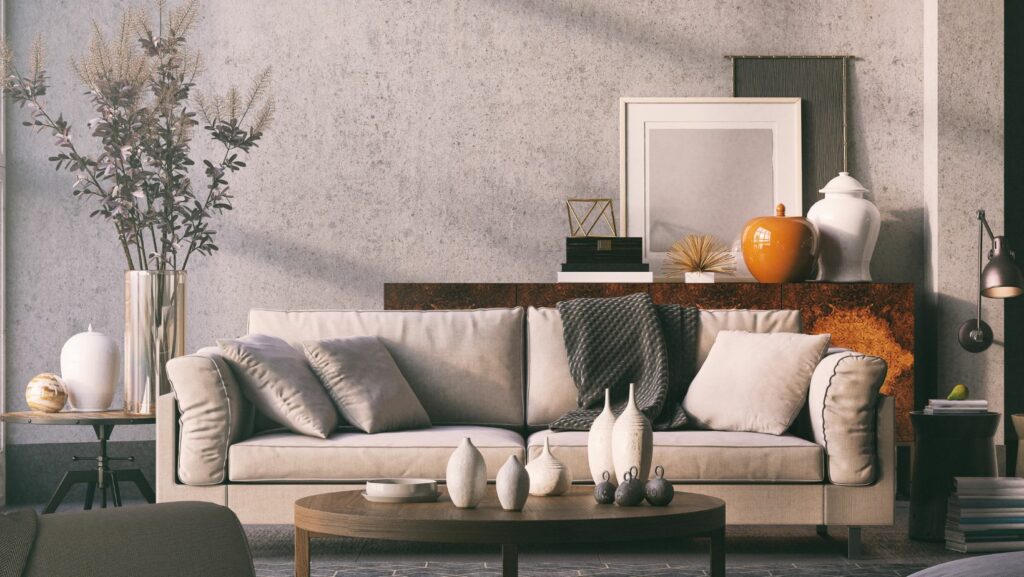Picture this. You step into a beautifully designed home. The colors, the lighting, the furniture—it all feels just right. You can see yourself living there, hosting friends, relaxing after a long day. That’s the power of interior design. It’s not just about looks; it’s about how a space makes you feel.
If you’re exploring San Miguel de Allende real estate, you’ll notice something right away. The homes here aren’t just properties—they’re experiences. From rustic colonial courtyards to sleek, modern interiors, design plays a huge role in shaping a buyer’s perception. And if you’re a seller? Getting the interior design right could mean the difference between a quick sale and a home that lingers on the market.
Let’s dig into why aesthetics matter so much in real estate—and how smart interior design can turn an ordinary house into a dream home.
Why Homebuyers Value Aesthetics
Buying a home isn’t just a financial decision. It’s an emotional one. People don’t just buy walls and a roof; they buy a lifestyle. And that lifestyle? It starts with what they see.
A well-designed home does two things: it grabs attention, and it makes people feel something. That feeling—comfort, excitement, even a sense of aspiration—can make or break a sale.
First Impressions Matter
Ever walked into a home and immediately felt something? That’s not by accident. The first few seconds inside a property set the tone for the entire showing.
Think about a cluttered, dimly lit entryway. It feels cramped and uninviting. Now, picture a bright, airy space with a cozy seating nook. Big difference, right? That’s the power of design. It shapes the first impression and influences whether buyers see the home as theirs.
Emotional Connection to a Home
Interior design isn’t just about looking good—it’s about feeling good. Buyers need to see themselves in the space. That’s why staging is so effective. A thoughtfully designed room helps people imagine their future lives there.
A cozy reading corner? That speaks to someone who loves quiet mornings with a book. A spacious kitchen with a farmhouse table? Perfect for a buyer who dreams of big family dinners. Every design choice tells a story—and the right story can sell a home.
Functionality and Layout Optimization
Looks matter, but so does function. Buyers aren’t just thinking, Does this home look nice? They’re asking, Can I live here comfortably?

A poorly designed layout—like an awkwardly placed kitchen island or a cramped living space—can turn buyers off, even if the finishes are high-end. On the flip side, a well-planned layout that maximizes space and flow makes the home more livable—and more desirable.
Color Psychology in Home Buying
Ever noticed how certain colors make you feel a certain way? That’s not a coincidence. Color affects mood, and in real estate, it influences buying decisions.
Soft neutrals like beige, gray, and warm whites create a sense of calm and sophistication. Blues and greens feel fresh and inviting. Bold colors? They can work—but only in the right context. A bright red wall might be exciting, but it can also be overwhelming. The key is balance.
Lighting and Its Impact on Buyer Perception
Bad lighting can ruin even the most beautiful design. Dark spaces feel small and unwelcoming. Overly harsh lighting feels cold and clinical. The goal? A balance of natural and artificial lighting that makes a home feel warm, open, and inviting.
Natural light is a major selling point. Homes with big windows, skylights, and bright open spaces tend to attract more buyers. But even if a home lacks natural light, the right lamps, fixtures, and strategically placed mirrors can make a space feel brighter and more appealing.
Furniture and Décor Choices
Furniture isn’t just about function—it’s about storytelling. The right pieces can make a space feel luxurious, cozy, modern, or classic. And in real estate, staging matters a lot.
A sparsely furnished room feels cold and uninviting. A cluttered room feels overwhelming. But a well-curated space? It feels just right. The goal is to highlight the home’s best features while helping buyers imagine their furniture in the space.
Trendy vs. Timeless Design Elements
Trends come and go, but classic design elements stand the test of time. So, what’s the best approach when selling a home?

It’s all about balance. Incorporating some trendy elements—like modern light fixtures or stylish accent walls—can make a home feel current. But sticking to timeless design choices—like hardwood floors, neutral color palettes, and high-quality materials—ensures long-term appeal. The goal? A home that feels fresh and enduring.
Luxury Design and High-End Home Sales
In the luxury market, design isn’t just important—it’s everything. High-end buyers expect more. More detail. More quality. More wow-factor.
Premium finishes like marble countertops, custom cabinetry, and smart home features can significantly impact a home’s perceived value. But luxury isn’t just about expensive materials. It’s about thoughtful design. The way a space flows, the attention to detail, the seamless blend of aesthetics and function—these are the things that make luxury buyers say, I want this home.
Sustainability and Eco-Friendly Design
Green living isn’t just a trend—it’s a priority. More buyers are looking for homes that are energy-efficient, sustainable, and eco-conscious.
Elements like solar panels, energy-efficient windows, and eco-friendly materials can make a home more attractive to environmentally conscious buyers. And even simple changes—like LED lighting, sustainable flooring, or smart thermostats—can make a difference. The result? A home that’s not just beautiful but also better for the planet.
The Takeaway
Interior design isn’t just about aesthetics. It’s about emotion, function, and lifestyle. The right design choices can make a home more inviting, more livable, and, ultimately, more sellable.
For buyers, a well-designed home feels right. For sellers, it means faster sales and better offers. And for real estate professionals? Understanding the power of design can make all the difference.
Thinking about selling your home? Pay attention to the details. Because when it comes to real estate, design isn’t just an extra—it’s essential.

